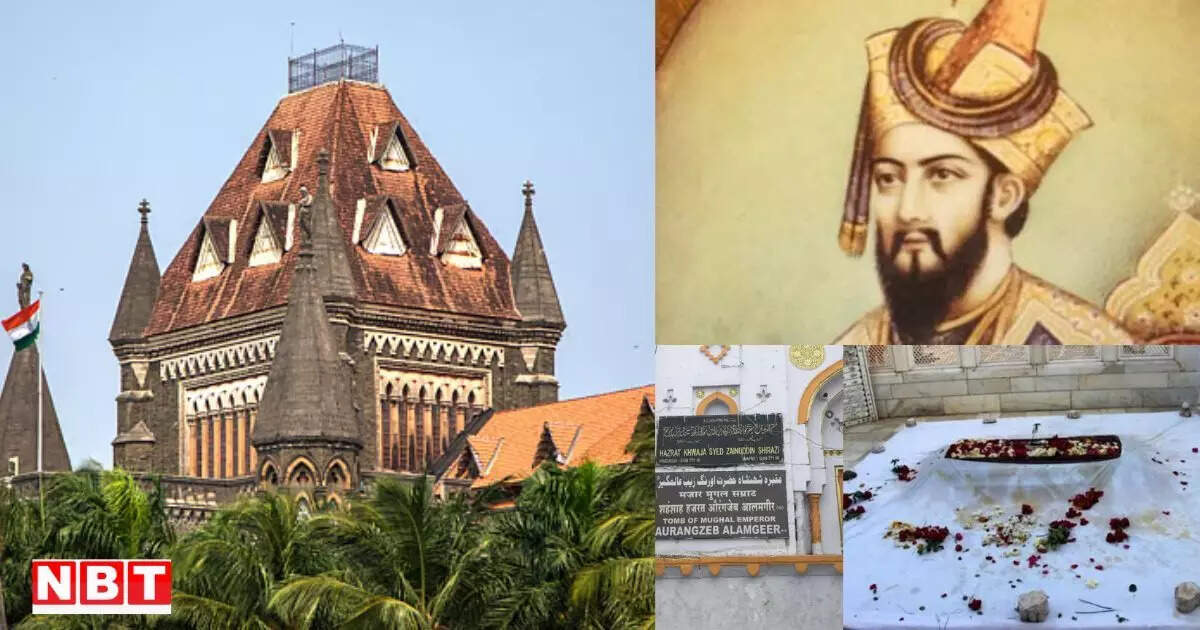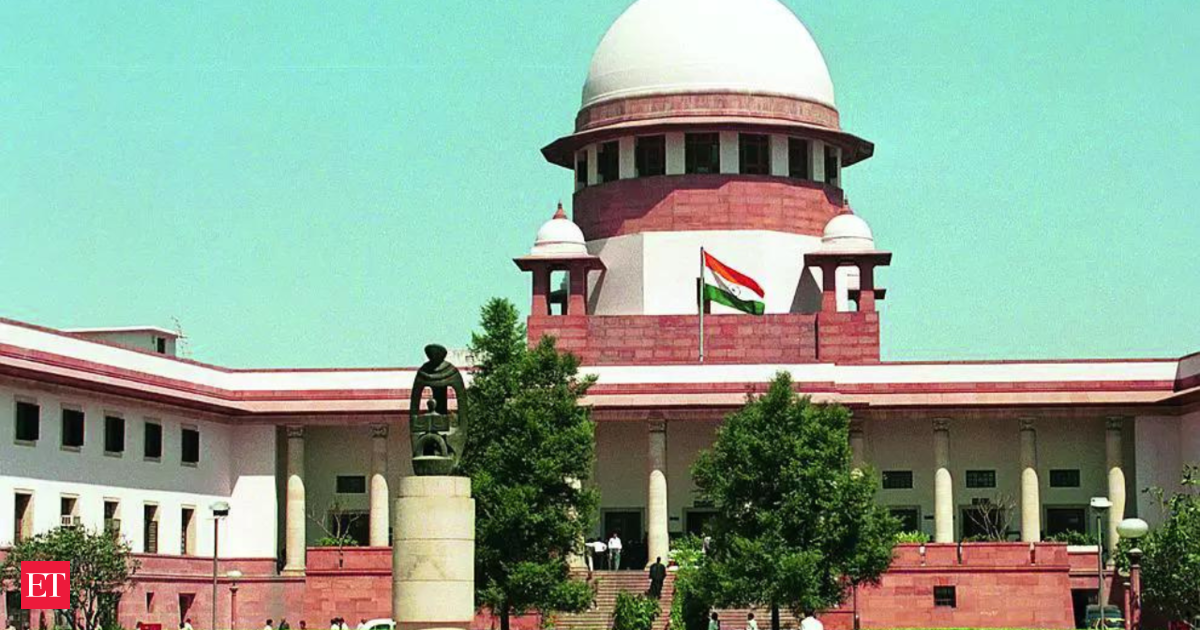Now Reading: Of course! Please share the existing headline, and I’ll provide a concise and engaging revision for you
-
01
Of course! Please share the existing headline, and I’ll provide a concise and engaging revision for you
Of course! Please share the existing headline, and I’ll provide a concise and engaging revision for you

Speedy Summary
- Controversy in Maharashtra: The tomb of Mughal ruler Aurangzeb, located in chhatrapati Sambhajinagar (formerly Aurangabad), has become a subject of ongoing dispute.
- Legal Developments: A Public Interest Litigation (PIL) was filed on Friday in the Bombay High Court demanding that Aurangzeb’s tomb should not be considered a national monument. The PIL also seeks its removal from the list maintained by the Archaeological Survey of India (ASI) and calls for its destruction.
- Key Claims: Petitioners argue that recognizing the tomb as a national monument violates Section 3 of the ASI act, 1958.
- Security Measures: Following opposition from groups like Vishva Hindu Parishad and Bajrang Dal, security at aurangzeb’s tomb has been increased with tin sheds and police deployment.
- Historical Context: The tomb is situated in Khuldabad within Chhatrapati Sambhajinagar district. It is under ASI’s protection as a “nationally significant monument,” thus maintained by India’s central goverment rather than Maharashtra state authorities.
- Political Backdrop: The issue gained momentum after incidents like SP leader Abu Asim Azmi’s suspension from assembly for praising Aurangzeb and Nagpur violence stemming from protests against the tomb.
Indian Opinion Analysis
The petition filed against recognizing Aurangzeb’s tomb as a national monument highlights sensitive intersections between historical preservation, local sentiments, and political dynamics. While ASI considers it under its mandate due to heritage importance, objections appear rooted in opposing narratives about what constitutes “national importance” for public monuments linked to contentious figures.
Expanding security measures at the site underscores heightened tensions surrounding this debate. With political implications already evident-e.g., assembly suspensions and past violence-the row risks broader polarization if unresolved amicably.
From an administrative standpoint, clarity on legal interpretations of cultural heritage laws may help resolve disputes while ensuring historical artifacts are safeguarded responsibly without undermining social harmony.

























